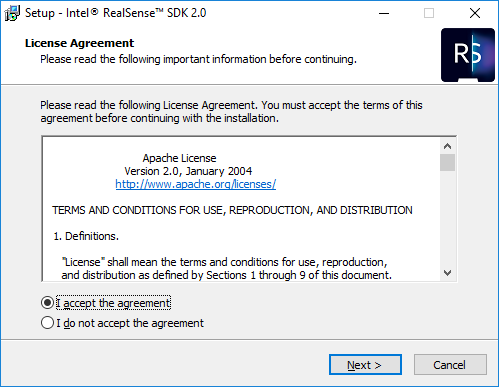-->
The WDK is used to develop, test, and deploy Windows drivers. The latest public version of WDK is available below.

Based on your screenshot there, you have a version of the Windows 10 SDK already installed. This SDK supports Windows 7 SP1 and later, so unless you have a specific need for the 8.1 SDK, you should probably just stick with what you have. – mwfearnley May 11 at 19:39. Jul 12, 2018 How to: Use the Windows 10 SDK in a Windows Desktop Application.; 2 minutes to read +2; In this article. When you create a classic Windows desktop project in Visual Studio 2017, it is set up by default to build with the version of the Windows 10 SDK that was installed when the C Desktop workload was installed or last updated. Installation on Windows 8.1 and earlier operating systems requires KB2999226. To install through Windows Update, make sure you install the latest recommended updates and patches from Microsoft Update before you install the Windows SDK.
Join the Windows Insider Program to get WDK Insider Preview builds. For installation instructions for the Windows Insider Preview builds, see Installing preview versions of the Windows Driver Kit (WDK).
WDK for Windows 10, version 1903
Step 1: Install Visual Studio 2019
The following editions of Visual Studio 2019 support driver development:
When you install Visual Studio 2019, select the Desktop development with C++ workload. The Windows 10 Software Development Kit (SDK) is automatically included, and is displayed in the right-hand Summary pane. However, the version of the SDK that is compatible with the WDK for Windows 10, version 1903 is not currently the default SDK. To select the correct SDK:

Windows Sdk 8.1 Visual Studio 2017
- In Visual Studio Installer, on the Workloads tab, under Installation Details, expand Universal Windows Platform development.
- Under Optional, select Windows 10 Preview SDK (10.0.18362.0).
- Continue with the install.
If you already have Visual Studio 2019 installed, you can install the Windows 10 Preview SDK (10.0.18362.0) by using the Modify button in Visual Studio install.
For ARM/ARM64 driver development, choose Individual components and under Compilers, build tools, and runtimes select Visual C++ compilers and libraries for ARM/ARM64.
For each architecture you intend to build drivers for, install the Spectre mitigated libraries thru Individual Components -> Compilers, build tools, and runtimes -> MSVC v142 - VS 2019 C+ x64/x86 Spectre-mitigated libs (v14.21).
Step 2: Install WDK for Windows 10, version 1903
New as of 1709 release: The WDK installation will by default install the WDK Visual Studio extension. This must be done in order for WDK VS integration to work.
Enterprise WDK for Windows 10, version 1903 (EWDK)

Windows Sdk 8.1 Download
The EWDK is a standalone self-contained command-line environment for building drivers. It includes the Visual Studio Build Tools, the SDK, and the WDK. The latest public version of the EWDK contains Visual Studio 2019 Build Tools 16.0.0. To get started, mount the ISO and run LaunchBuildEnv.
EWDK with Visual Studio Build Tools
Additional information
Release notes and run-time requirements
WDK requires Visual Studio, for more information more info on system requirements for Visual Studio please review Visual Studio 2019 System Requirements.
EWDK will additionally need .NET 4.7.2, for more information on what .NET runs on please review .NET Framework system requirements.
You can use the WDK to develop drivers for these operating systems:
| Client OS | Server OS |
|---|---|
| Windows 10 | Windows Server 2019, Windows Server 2016 |
| Windows 8.1 | Windows Server 2012 R2 |
| Windows 8 | Windows Server 2012 |
| Windows 7 | Windows Server 2008 R2 SP1 |
Universal Windows driver samples
To get universal Windows driver samples, do one of the following:
- Go to the driver samples page on GitHub and click Clone or download > Download ZIP on the right side of the page.
- Download the GitHub Extension for Visual Studio to connect to the GitHub repositories.
- Browse the driver samples on the Microsoft Samples portal.